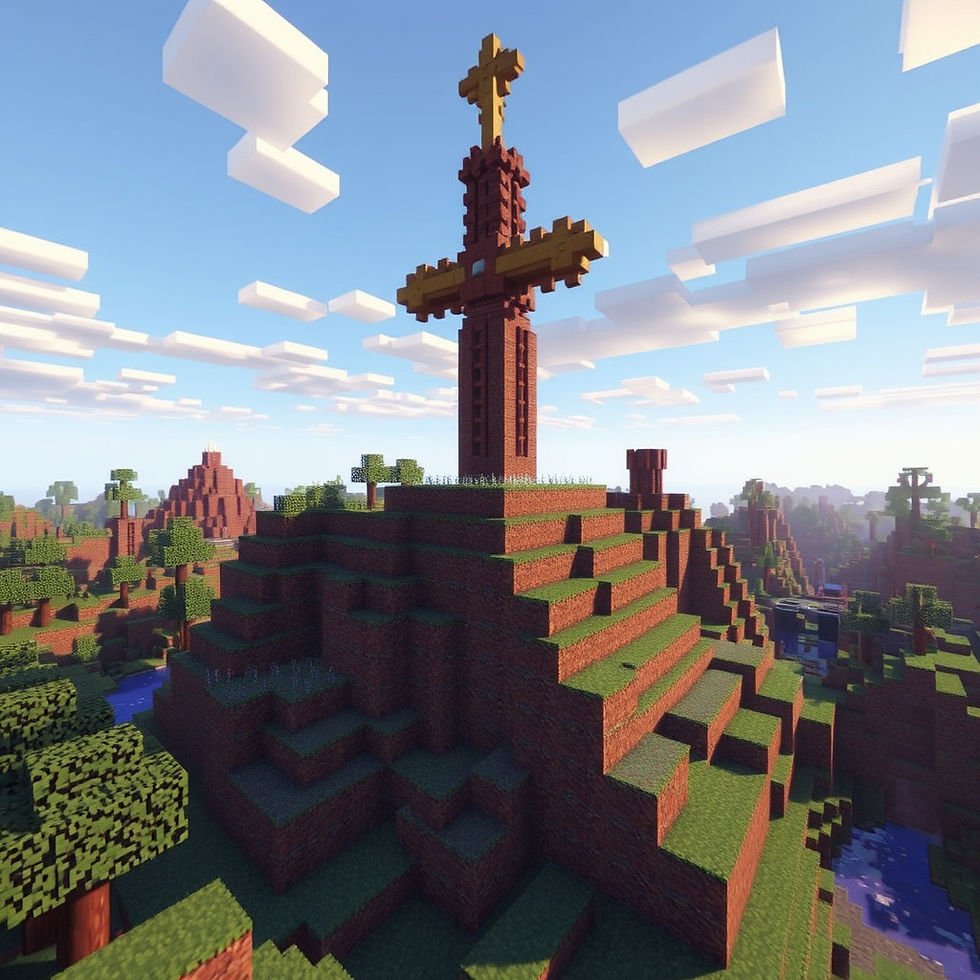The Art of Rigging: Bringing 3D Characters to Life in Games
- Geniuscrate

- Aug 20
- 3 min read

When we think of what makes game characters memorable, we often picture their design, story, or personality. But behind every fluid movement, every swing of a sword, and every expressive gesture lies a hidden process: rigging. Rigging is the unsung hero of 3D game art, acting as the bridge between static character models and the lifelike animations that captivate players. Without it, characters would remain stiff, lifeless figures, unable to interact dynamically within the game world.
At GeniusCrate, we recognize that rigging isn’t just a technical step, but it’s a creative art form that breathes energy into models, ensuring every movement feels natural and immersive. In this blog, we’ll explore why rigging is so crucial, the techniques behind it, and how it shapes the way players experience modern games.
What Is Rigging in Game Development?
Rigging is the process of creating a skeleton (or rig) for a 3D model. This skeleton serves as the framework that animators use to manipulate the model’s movements. Just like bones and joints in a human body, rigs allow characters to bend, stretch, twist, and emote in a realistic way.
There are two main parts of rigging:
Skeleton Creation: Building the bones and hierarchy that define how a model moves.
Skinning: Attaching the 3D mesh of the character to the skeleton so the body deforms naturally with movement.
Without proper rigging, even the most beautifully modeled character can end up with clunky, awkward animations.
Why Rigging Is Essential in Gaming
Rigging is more than a technical necessity, it’s what transforms gameplay. Here’s why it’s so important:
Realism in Motion: Rigging ensures characters move fluidly, making gameplay more believable.
Player Immersion: Smooth, natural animations enhance storytelling and emotional engagement.
Gameplay Mechanics: From combat stances to facial expressions, rigging supports mechanics that impact the player’s experience.
Creative Freedom: Advanced rigs allow animators to experiment with exaggerated or stylized movements that define a game’s personality.
In short, rigging is what makes characters feel alive.
Modern Techniques in Rigging
Today’s rigging goes beyond basic skeletons. With advanced software and techniques, artists can achieve stunning realism and creativity. Some modern rigging practices include:
Facial Rigging: Detailed rigs that allow characters to show a wide range of emotions.
Inverse Kinematics (IK): Ensures natural joint behavior (like arms following hands).
Blend Shapes: Enables subtle deformations, like a character smiling or frowning.
Procedural Rigging: Automates certain movements for faster, more efficient animation.
These innovations not only speed up development but also open doors for more expressive and dynamic gameplay experiences.
Rigging at GeniusCrate
At GeniusCrate, rigging is more than just a pipeline step; it’s a craft we’ve mastered to bring characters and creatures to life. Our artists design rigs that balance technical precision with creative flexibility, ensuring animations look seamless whether in hyper-realistic games or stylized fantasy worlds.
By combining industry-leading tools like Maya, Blender, and Unreal Engine with deep expertise, we deliver rigs that empower animators to unlock the full potential of game characters. Whether it’s a towering monster, a heroic warrior, or a quirky sidekick, our rigs are built to move with purpose and personality.
Conclusion
Rigging might be invisible to most players, but its impact is undeniable. It’s the reason characters can fight, dance, laugh, and cry in ways that make us forget we’re playing a game. As technology continues to advance, rigging will remain at the core of immersive storytelling and unforgettable gameplay experiences.
At GeniusCrate, we specialize in crafting hyper-realistic environments, intricate character models, seamless rigs, and cutting-edge game assets. With tools like Maya, Blender, Substance Painter, and Unreal Engine, our team ensures every detail contributes to creating games that truly come alive.



Comments